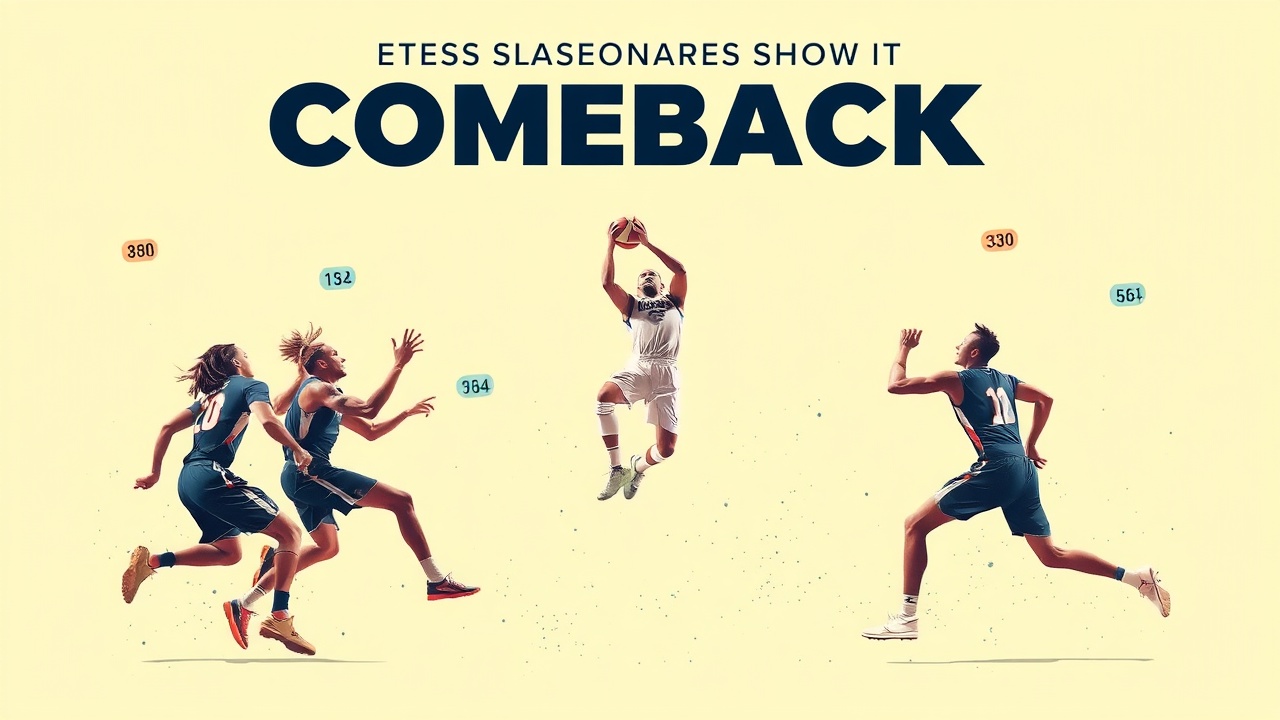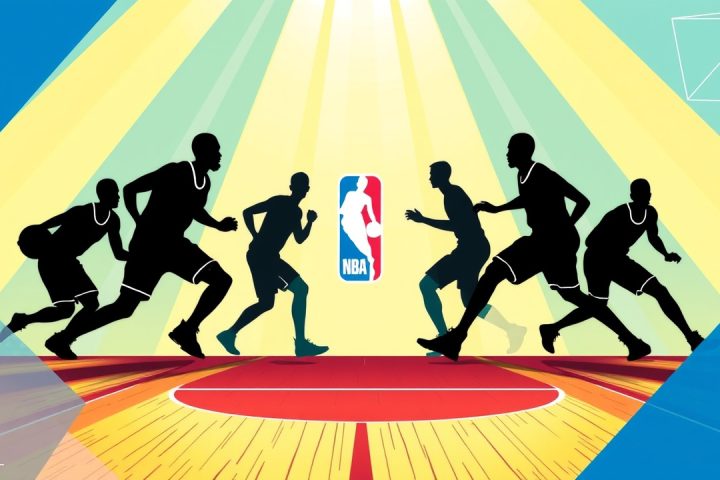2025 NBA Playoffs: The Trend of Incredible Comebacks
The ongoing 2025 NBA playoffs have showcased an intriguing trend: incredible comebacks, with the Eastern Conference champion Indiana Pacers leading the charge in mastering this technique. Demonstrating remarkable resilience, the Pacers overcame a seven-point deficit in the final seconds of overtime to secure a 4-1 series victory against the Milwaukee Bucks in Game 5 of the first round. This was followed by a similar late-game surge in Game 2 against the Cleveland Cavaliers during the Eastern Conference semifinals, where they closed a gap in the final minute to clinch an unlikely win.
Jaw-Dropping Comebacks
Their most jaw-dropping feat occurred in Game 1 of the Eastern Conference finals, where they found themselves trailing by 14 points with just four minutes remaining and still down by eight in the last minute. However, fueled by a flurry of three-pointers from Aaron Nesmith, coupled with crucial turnovers by the New York Knicks, the Pacers managed to tie the game with Tyrese Haliburton sinking a buzzer-beater, propelling the match into overtime and leading to their victory.
Insights into Comeback Performances
This season has turned the spotlight on comebacks, particularly inspired by Indiana’s late-game heroics and the Knicks’ streak of winning three games after trailing by over 20 points, a historic feat in playoff history. A deeper look into the statistics reveals the extent of this comeback phenomenon and questions whether it represents a larger trend in the playoff landscape. Notably, Mike Beuoy from Inpredictable.com has meticulously analyzed game data and comeback probabilities, assigning scores to highlight the improbability of victorious outcomes, especially for teams like the Pacers, whose low points featured win probabilities under 2.1% across their successful comebacks.
Given these underdog victories, skepticism towards win probability models is understandable as they draw upon historical patterns that may not capture the evolving dynamics of a fast-paced NBA environment. The common assumption suggests that offensive efficiency fluctuates based on the flow of play, particularly after defensive stops. Remarkably, during these playoffs, teams have found greater success—1.17 points per possession—when starting plays following defensive rebounds compared to less fruitful scenarios after opposing teams score.
Strategic Execution and Team Efficiency
This season’s playoffs have therefore seen a noticeable shift, with the Pacers boasting a high output of 1.26 points per possession after defensive rebounds—ranking third amongst NBA teams. Conversely, their defense struggles a bit more in these situations, ranking 14th in efficiency after rebounds. The interplay between a team’s offense and its defensive strategy significantly contributes to the overall likelihood of comeback opportunities. As teams experience greater variance in scoring, building leads becomes easier while erasures from significant deficits become more plausible.
Looking to another team, the Oklahoma City Thunder, they have also achieved comebacks this postseason but rely more on their defensive stats, showcasing strong performance after stops from made shots. Their strategic prowess reflects the diverse styles prevalent in the league, showcasing how varied success in the playoffs can unfold. Amid these statistics, the narrative around comebacks continues to rewrite what fans can expect from their teams in high-pressure moments.
Overall, the growing trend of extraordinary comebacks in this postseason taps into deeper analysis of game dynamics, team efficiency, and strategic execution, marking an essential chapter in 2025 NBA playoff history.




